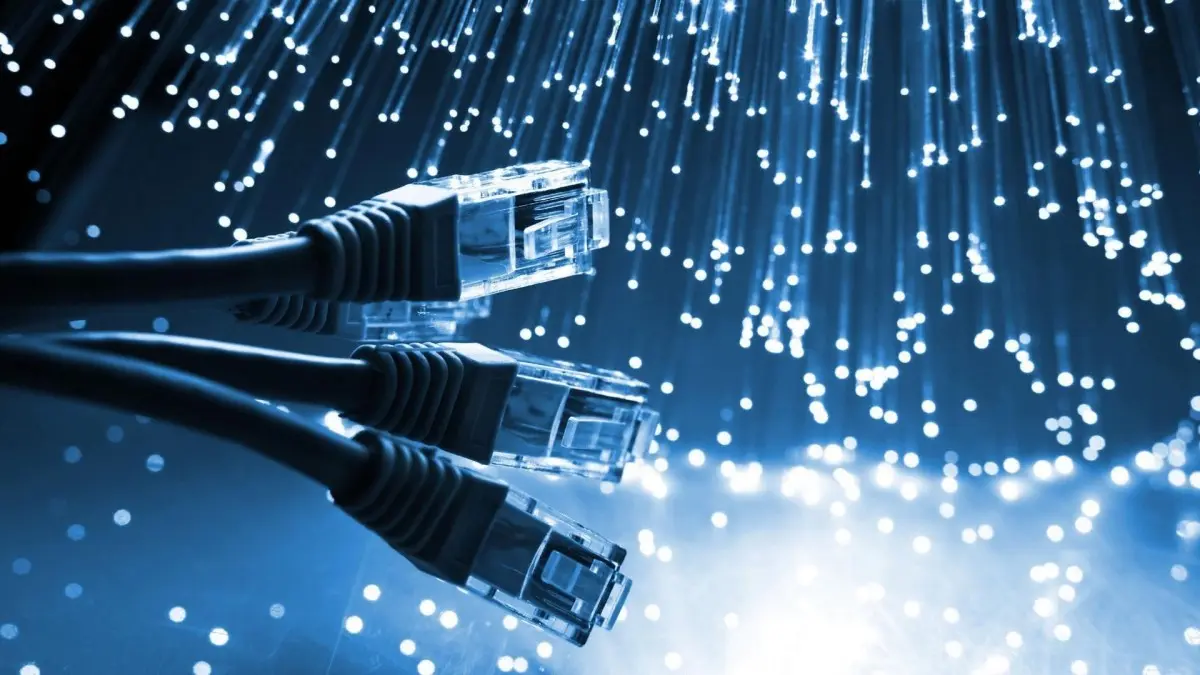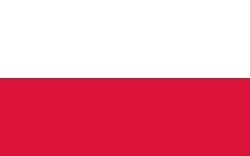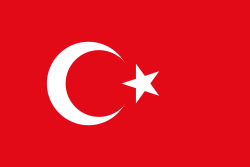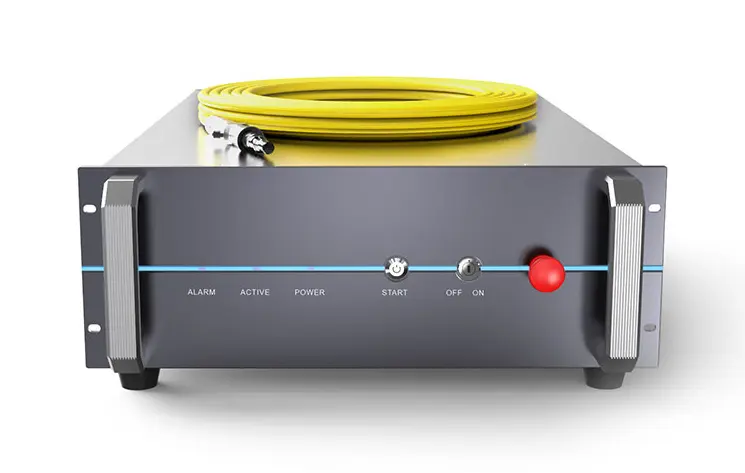
Optical fiber is an excellent tool for transporting light beams—both signals and energy. Optical fiber is used by many telecommunications companies to transmit telephone signals, internet communication, and cable television signals. It is also used in other industries, including medical, defense, government, industrial and commercial.
Optical fibers used in the industrial and medical fields usually consist of silica cores and cladding with diameters of 100 to 1000 µm, thicker than telecommunication fibers, and with the necessary precautions to transport highly energetic beams of a specific wavelength.
Fiber-optic Communication

Optical fiber is an excellent tool for transporting light beams—both signals and energy. Optical fiber is used by many telecommunications companies to transmit telephone signals, internet communication, and cable television signals. It is also used in other industries, including medical, defense, government, industrial and commercial.
Optical fibers used in the industrial and medical fields usually consist of silica cores and cladding with diameters of 100 to 1000 µm, thicker than telecommunication fibers, and with the necessary precautions to transport highly energetic beams of a specific wavelength.
Fiber-optic Communication
Fiber-optic communication uses lasers to transmit data over long distances with minimal signal loss and high-speed performance. The types of lasers used in fiber-optic communication include semiconductor lasers, diode lasers, and distributed feedback (DFB) lasers, each selected for their specific capabilities in providing reliable and high-speed data transmission.
Semiconductor lasers are commonly used in fiber-optic communication systems due to their ability to produce coherent light and operate at the required wavelengths for long-distance transmission. These lasers are efficient, compact, and can be easily modulated to carry data. Semiconductor lasers are particularly effective for short-to-medium range communication, such as in local area networks (LANs) and in telecommunications infrastructure. They typically operate in the 850 nm or 1300 nm wavelength ranges, ideal for multimode fiber-optic cables.
Diode lasers, also known as laser diodes, are another widely used type of laser in fiber-optic communication. Diode lasers are highly efficient, small, and capable of emitting light at various wavelengths, making them suitable for both single-mode and multimode fibers. They are typically used in high-speed data transmission over shorter distances, such as in optical interconnects and data centers. Diode lasers are often used in systems that require high data throughput and are known for their reliability and low cost.
Distributed Feedback (DFB) lasers are used for long-distance, high-speed fiber-optic communication. DFB lasers have a built-in grating structure that ensures single-mode operation and a stable output wavelength, which is crucial for maintaining signal integrity over long distances. These lasers are often used in telecommunications, especially in systems with dense wavelength division multiplexing (DWDM), where multiple channels of data are transmitted simultaneously over a single fiber. DFB lasers typically operate in the 1550 nm wavelength range, which minimizes signal loss and is optimal for long-haul communication.
Each of these laser types plays a critical role in fiber-optic communication, with the choice of laser depending on factors like the required transmission distance, data rate, and system type. Semiconductor lasers and diode lasers are commonly used in shorter-range communication, while DFB lasers are preferred for long-distance, high-speed transmission due to their stability and wavelength precision.
Fiber-optic communication uses lasers to transmit data over long distances with minimal signal loss and high-speed performance. The types of lasers used in fiber-optic communication include semiconductor lasers, diode lasers, and distributed feedback (DFB) lasers, each selected for their specific capabilities in providing reliable and high-speed data transmission.
Semiconductor lasers are commonly used in fiber-optic communication systems due to their ability to produce coherent light and operate at the required wavelengths for long-distance transmission. These lasers are efficient, compact, and can be easily modulated to carry data. Semiconductor lasers are particularly effective for short-to-medium range communication, such as in local area networks (LANs) and in telecommunications infrastructure. They typically operate in the 850 nm or 1300 nm wavelength ranges, ideal for multimode fiber-optic cables.
Diode lasers, also known as laser diodes, are another widely used type of laser in fiber-optic communication. Diode lasers are highly efficient, small, and capable of emitting light at various wavelengths, making them suitable for both single-mode and multimode fibers. They are typically used in high-speed data transmission over shorter distances, such as in optical interconnects and data centers. Diode lasers are often used in systems that require high data throughput and are known for their reliability and low cost.
Distributed Feedback (DFB) lasers are used for long-distance, high-speed fiber-optic communication. DFB lasers have a built-in grating structure that ensures single-mode operation and a stable output wavelength, which is crucial for maintaining signal integrity over long distances. These lasers are often used in telecommunications, especially in systems with dense wavelength division multiplexing (DWDM), where multiple channels of data are transmitted simultaneously over a single fiber. DFB lasers typically operate in the 1550 nm wavelength range, which minimizes signal loss and is optimal for long-haul communication.
Each of these laser types plays a critical role in fiber-optic communication, with the choice of laser depending on factors like the required transmission distance, data rate, and system type. Semiconductor lasers and diode lasers are commonly used in shorter-range communication, while DFB lasers are preferred for long-distance, high-speed transmission due to their stability and wavelength precision.



